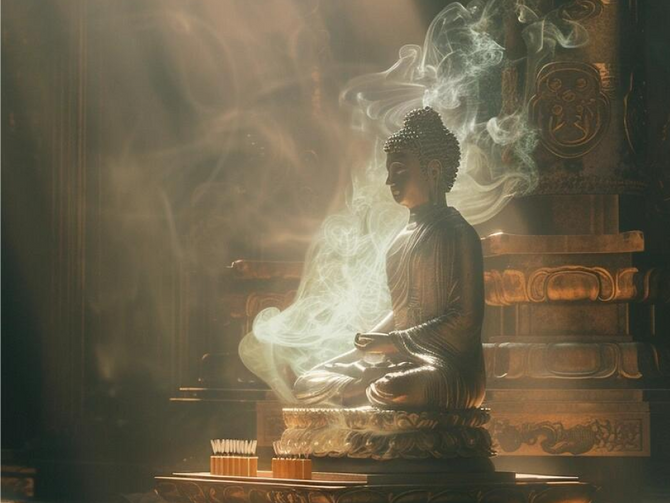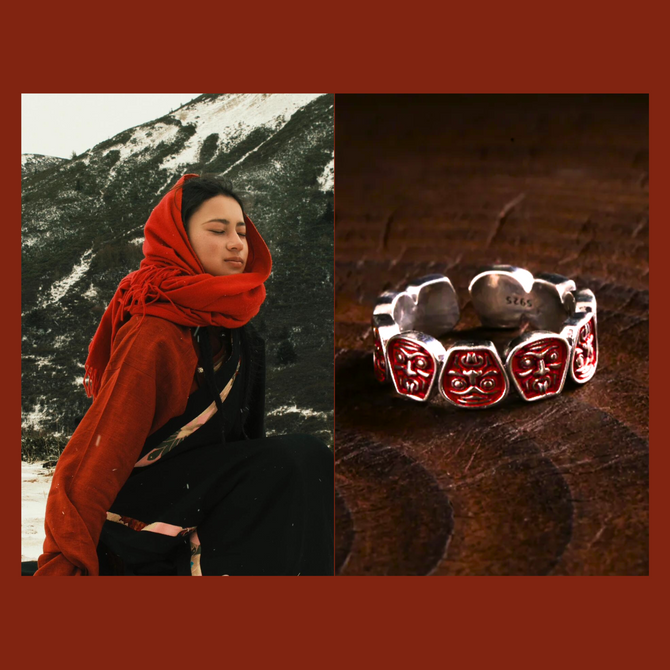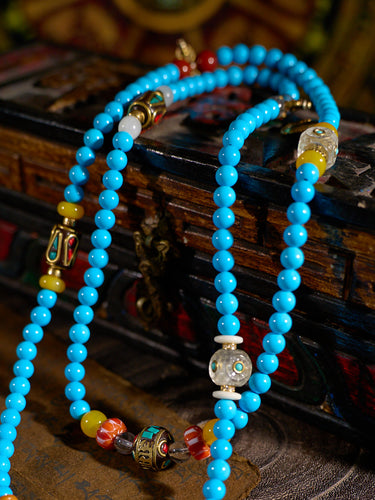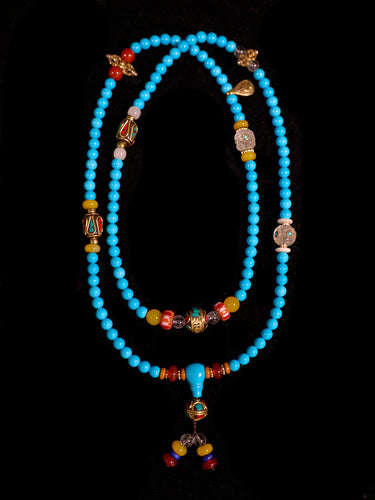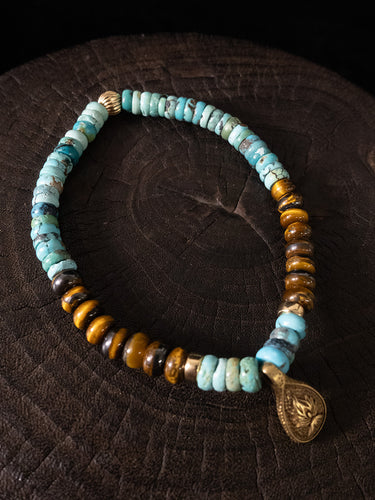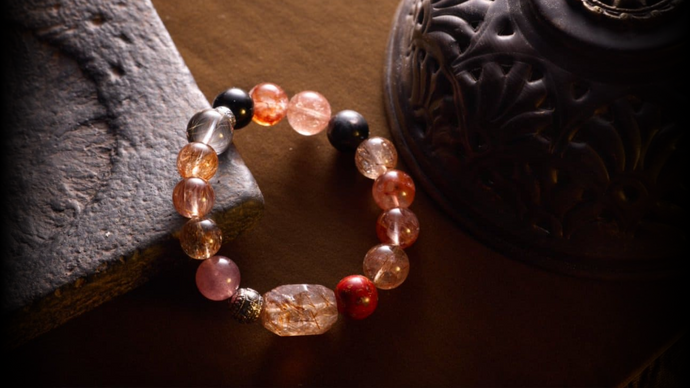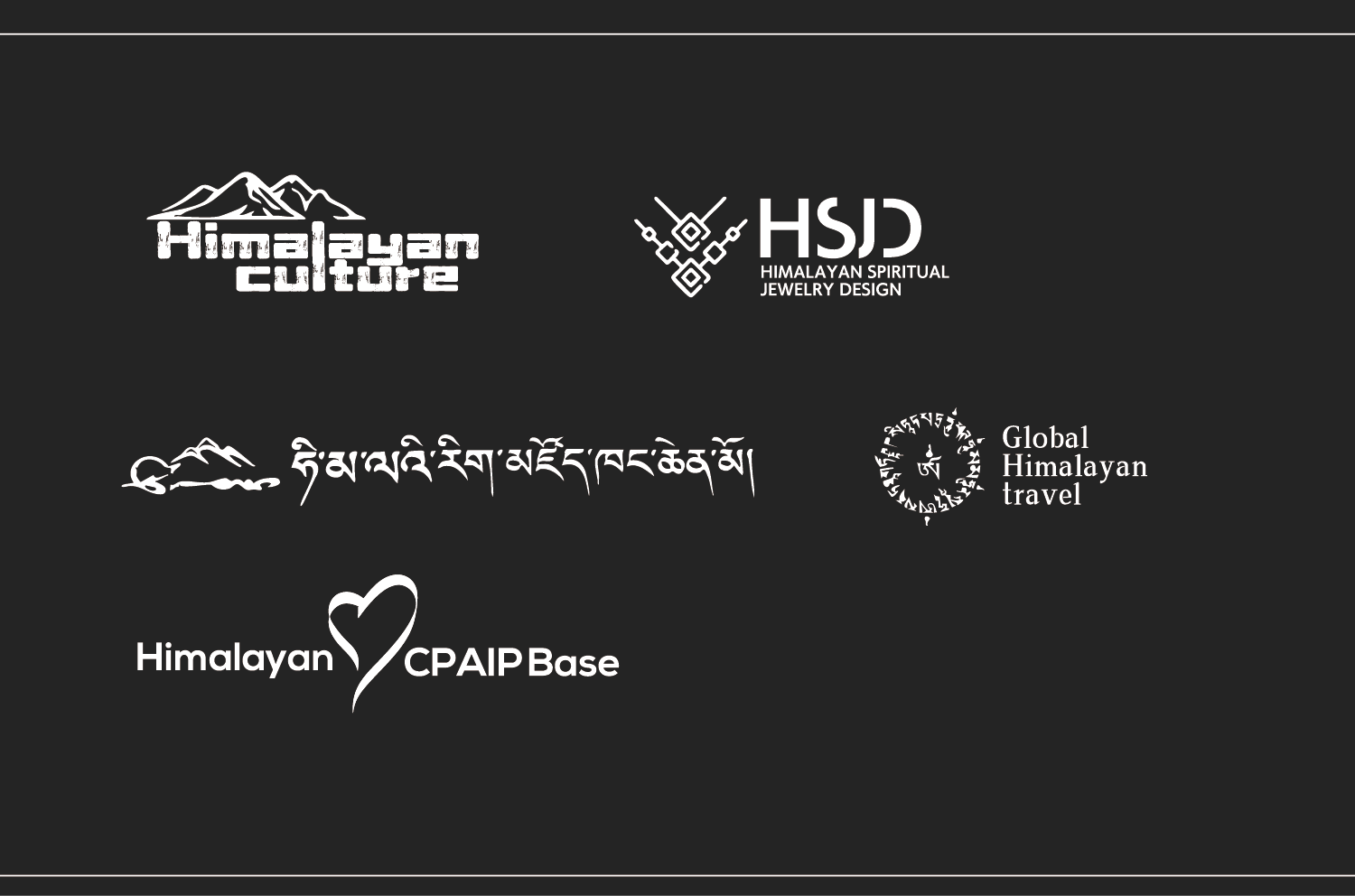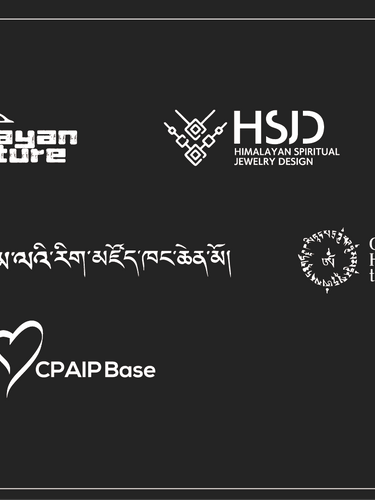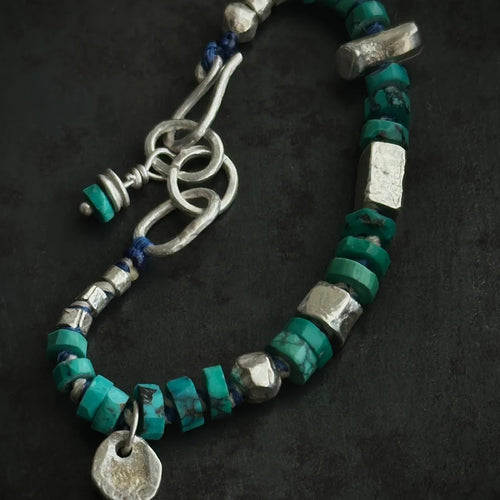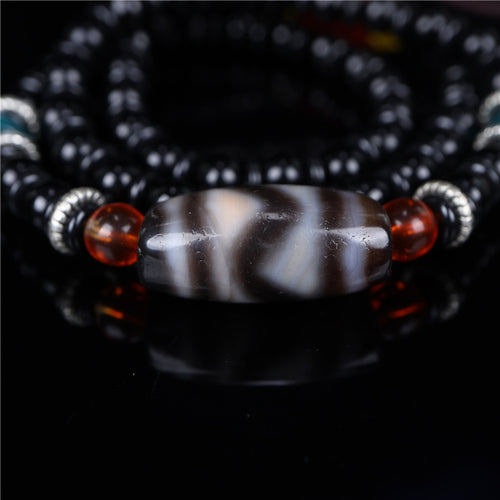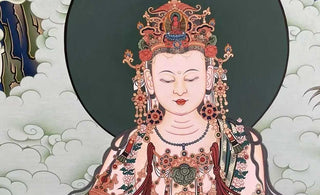
In the realm of classical oriental art, the depiction of the Water-Moon Bodhisattva holds a place of mystical allure and profound spirituality. Oriental Aesthetics, dedicated to the preservation and appreciation of oriental art, invites you on a journey to explore the enigmatic beauty and spiritual essence of the Water-Moon Bodhisattva, a figure that has captivated the hearts of art enthusiasts and spiritual seekers alike.
Unveiling the Water-Moon Bodhisattva: An Icon of Serenity
The Water-Moon Bodhisattva, known as Shuiyue Guanyin in Chinese tradition, represents an epitome of serenity and spiritual introspection in oriental art. This depiction of Avalokiteshvara, the Bodhisattva of Compassion, is distinguished by a unique iconography: seated in a relaxed, yet dignified posture of royal ease, often by a reflective body of water, symbolizing the mirror-like wisdom of enlightenment. The presence of the crescent moon in the background further enhances the mystical aura, signifying the enlightenment that illuminates the darkness of ignorance.
One exemplary manifestation of this serene deity is the famed 'Water-Moon Guanyin' from the Song Dynasty, housed in the National Museum of China. In this sculpture, Guanyin's tranquil demeanor, with a slight, knowing smile and downcast eyes, exudes a profound sense of calm and benevolence. The intricate carving of the willow branch and the meticulously detailed depiction of flowing robes embody the exquisite craftsmanship of the era.
This portrayal of Guanyin is not just an artistic achievement; it is a visual representation of key Buddhist teachings. The water symbolizes purity and clarity, while the moon reflects the truth of the Buddha's teachings. The Water-Moon Bodhisattva, thus, is more than a religious icon; it is a symbol of the tranquility and insight attainable through compassionate living, resonating deeply with both practitioners of Buddhism and admirers of oriental art alike. This depiction has become a cornerstone of Buddhist iconography, representing a convergence of art, spirituality, and philosophy.
Historical and Cultural Significance of the Water-Moon Bodhisattva
The Water-Moon Bodhisattva, embodying Avalokiteshvara, holds a place of immense historical and cultural significance within the tapestry of Oriental Buddhist art. This depiction emerged during the Tang and Song dynasties in China, a period marked by a significant blossoming of Buddhist philosophy and art. It reflects a profound shift in the representation of Avalokiteshvara from an Indian to a distinctly Chinese context, showcasing the adaptability and fluidity of Buddhist iconography across different cultures.A notable example of this era's artistry is found in the Dunhuang cave murals, where the Water-Moon Bodhisattva is depicted with intricate detail, capturing the essence of spiritual calmness and contemplative grace. The popularity of this representation during the Song Dynasty is a testament to the evolving perception of Avalokiteshvara as a symbol of mercy and compassion, deeply resonating with the Chinese Buddhist practitioners' devotion.
The portrayal of the Water-Moon Bodhisattva, serene beside calm waters and under a crescent moon, also reflects the integration of Buddhist teachings with indigenous Chinese concepts of harmony and balance with nature. This artistic fusion not only enriched the visual vocabulary of Buddhist art but also deepened the spiritual connection for practitioners and admirers. Over the centuries, the Water-Moon Bodhisattva has become a symbol of tranquility, wisdom, and compassion, enduring as a significant cultural and spiritual icon in East Asian Buddhism. This enduring representation continues to inspire both devotion and artistic admiration, bridging ancient traditions with contemporary spiritual pursuits.
The Artistry Behind Water-Moon Bodhisattva Statues
The creation of Water-Moon Bodhisattva statues is a process steeped in profound artistry and deep spiritual understanding. Master craftsmen skilled in the traditions of Oriental sculpture bring this iconic figure to life, often using materials like bronze, stone, or intricately grained wood. Each statue is a labor of devotion, capturing not just the physical likeness but the very essence of the Bodhisattva's serene and compassionate spirit.
A remarkable example of such craftsmanship is the 'Jadeite Water-Moon Bodhisattva' housed in the Taipei National Palace Museum. Crafted from exquisite jadeite, this statue exemplifies the intricate skill involved in carving the delicate features of Guanyin, the deity's elegant pose, and the serene expression that characterizes the Water-Moon Bodhisattva. The fine details in the drapery of the robes, the subtle curvature of the hands, and the peaceful demeanor are all indicative of the artisan's meticulous attention to detail and deep reverence for the subject.
Additionally, the portrayal of water and the moon, integral elements in the iconography of these statues, showcases the artist's ability to encapsulate complex symbolism in physical form. The water represents clarity and purity, while the moon symbolizes enlightenment. The harmonious blend of these elements within the statue not only highlights the sculptor's artistic prowess but also underscores the profound philosophical concepts inherent in Buddhist art. The Water-Moon Bodhisattva statues, through their tranquil beauty and symbolic depth, continue to be revered as masterpieces of Oriental sculpture, captivating the hearts and minds of both devotees and art connoisseurs alike.
The Water-Moon Bodhisattva in Modern Times: A Symbol of Universal Peace
In contemporary society, the Water-Moon Bodhisattva transcends its traditional religious significance to become a symbol of universal peace and compassion. While rooted in Buddhist traditions, this iconic figure has gained recognition and reverence far beyond the confines of temples and monasteries.
One remarkable testament to the enduring appeal of the Water-Moon Bodhisattva is the 'Water-Moon Guanyin' sculpture by renowned Chinese artist Zhang Yaxi. Crafted in contemporary times, this masterpiece captures the essence of the deity's benevolence and serenity. Made from precious materials like bronze, this sculpture exemplifies the continued relevance and artistry associated with the Bodhisattva.Furthermore, the Water-Moon Bodhisattva's message of compassion and enlightenment has found resonance in various global contexts. It has become a symbol of hope and unity, transcending cultural and religious boundaries. In a world often marked by strife and discord, the Bodhisattva's image serves as a reminder of the human capacity for kindness and understanding.
As individuals and societies strive for peace and harmony, the Water-Moon Bodhisattva stands as an enduring symbol of these aspirations. Its timeless message of compassion continues to inspire, making it a beacon of hope in the modern world. Whether as a religious icon or a symbol of universal values, the Water-Moon Bodhisattva's influence remains profound and far-reaching.
In conclusion, at Oriental Aesthetics, we are committed to celebrating and preserving the rich heritage of the Water-Moon Bodhisattva. Our passion for classical oriental art drives us to explore and share the profound beauty and spirituality of these magnificent works. We believe that the Water-Moon Bodhisattva is more than just a symbol; it is a bridge connecting the past to the present, the earthly to the divine, and art to the soul.



